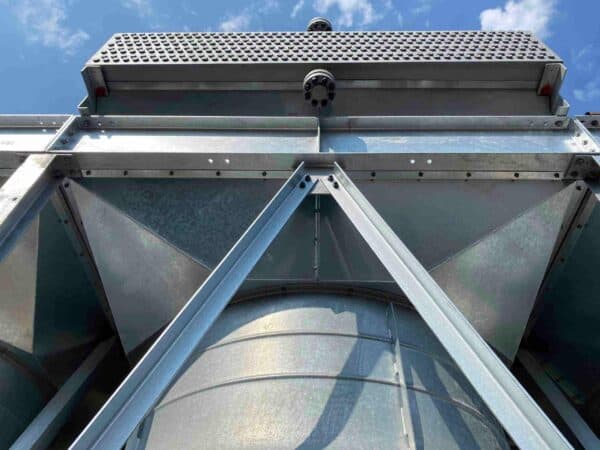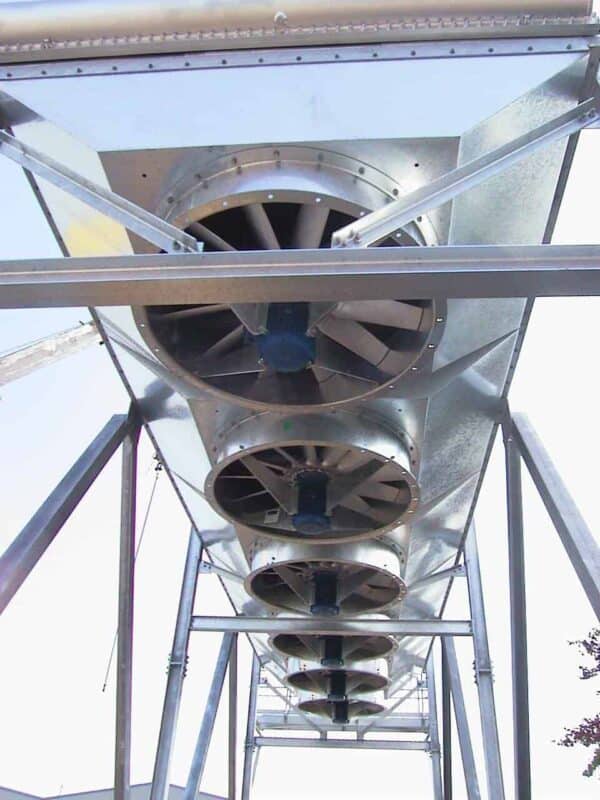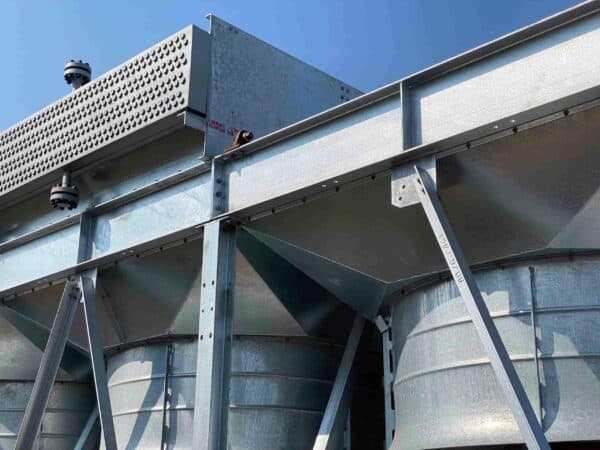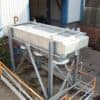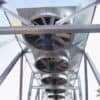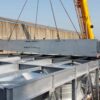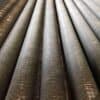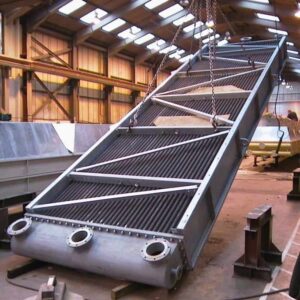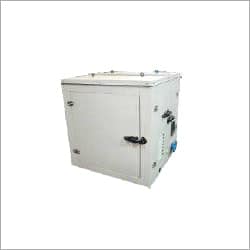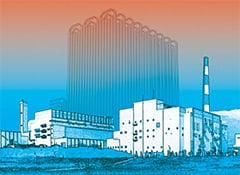Description
Forced draft heat exchangers push air through the fins of a tube bundle. The tubes are staggered in an array that forces air to travel around each tube and through the finning material. In most cases the finned tube is made of steel or stainless steel while the fins are applied in aluminium or copper.
There are a wide range of variables to take into account when designing a forced draft heat exchanger. The most critical aspect of any heat exchanger design are fluid or gas properties then input temperature, ambient temperature and the desired output temperature.
There are two main designs of air cooled heat exchanger. Forced draft and induced draft styles. Forced draft heat exchangers are usually less expensive to manufacture to achieve the same amount of cooling power. This is due mainly to the fact that induced draft coolers require more structural support and components per kilowatt of cooling power.
Forced draft air cooled heat exchangers are not only cheaper to manufacture but also in many cases cost less to maintain. Namely because the drive gear, belts and fans themselves are not exposed to heated exhaust air. This in turn results in a longer mechanical life.
This design of heat exchangers are in many cases easier to maintain and repair due to ease of access to motors, drive gear and fans when compared with an induced draft cooler in the same location.
The primary advantage of a forced draft unit is cooling efficiency. The fan has the ability to draw cool air from below the unit and bend the air through the fins and over the tubes in the bundles. A disadvantage is the potential to not cover the entirety of the tube bundle with cool air. The fans will have a greater cooling effect on the tubing directly above the fans blades. Increasing the number of fans or the dimensions of the fan blades can mitigate this effect.





